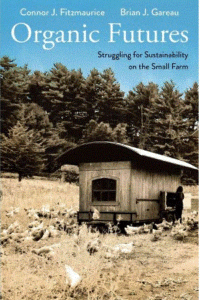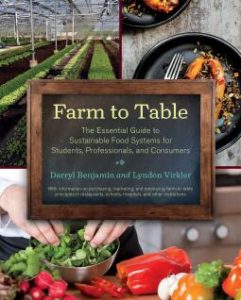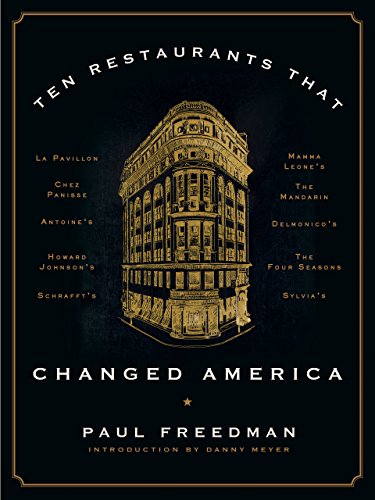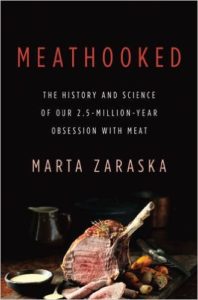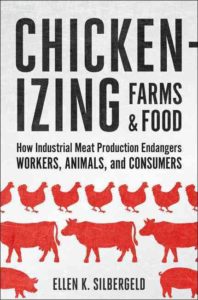Weekend reading: Fig Trees!
Mike Shanahan. Gods, Wasps and Stranglers: The Secret History and Redemptive Future of Fig Trees. Chelsea Green, 2016.
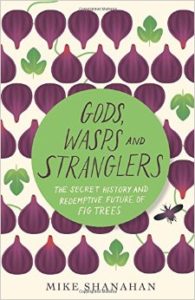
I have a particular interest in this book. The summer before last, I bought a small fig tree at New York City’s Union Square Farmers’ Market and stuck it in a pot on the terrace outside my apartment. Pleasant surprise: it survived last winter and produced a modest crop of small, brown, sweet figs.
This puzzled me because as far as I could tell, the tree had never flowered.
Mystery solved, thanks to this book.
Shanahan, a rainforest ecologist, explains that figs do flower but the flowers are inside the “fruit.”
Even weirder, the flowers are pollinated by specific species of fig wasps, which works through whatever the “fruit” is and do their work.
The book does not explain what fig wasps are doing in Manhattan or how they found their way to my 12th floor terrace, but the figs were great and I thank them.
I also thank Shanahan for writing a truly informative book about why Ficus species are so important to forest ecology and to reforestation programs, and what figs have to do with Gods (figs in mythology) and Stranglers (a kind of fig tree).
I raise as post-Thanksgiving fig in his honor.

